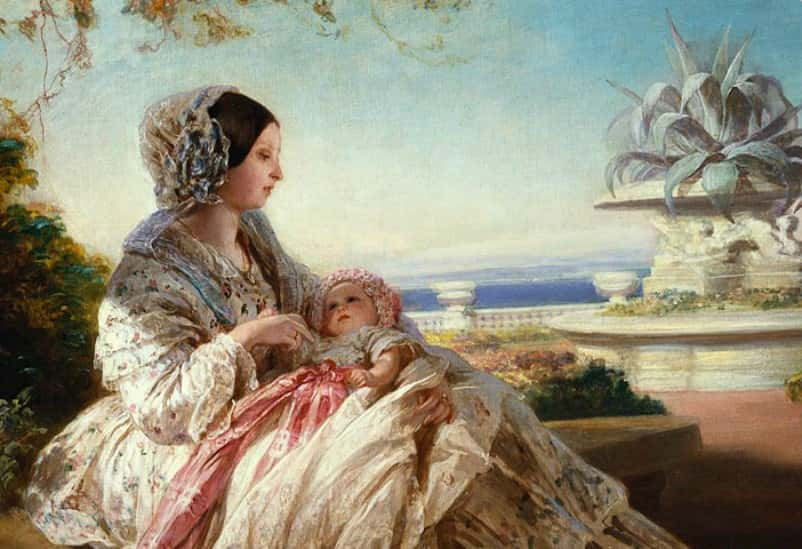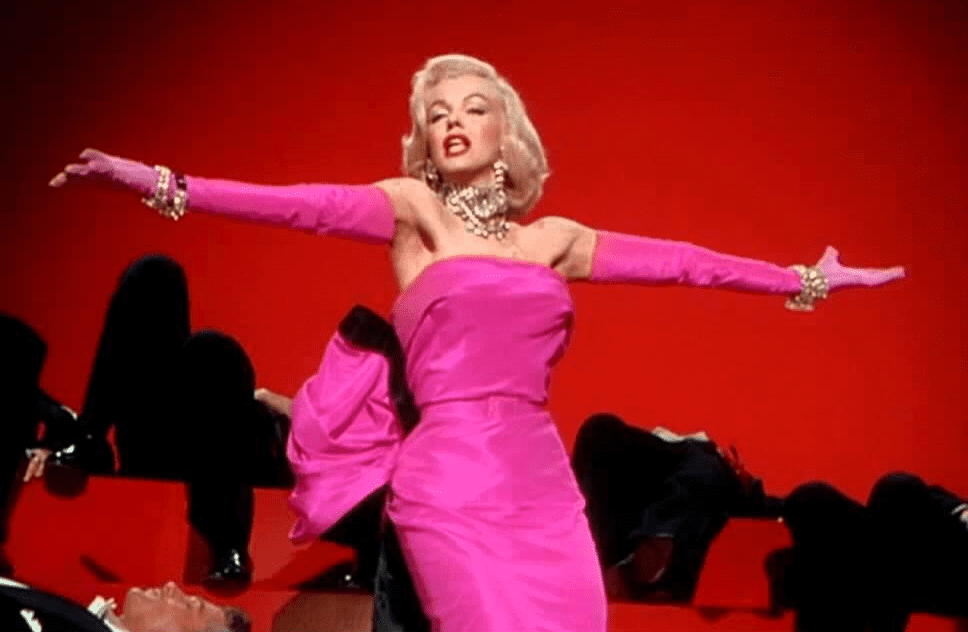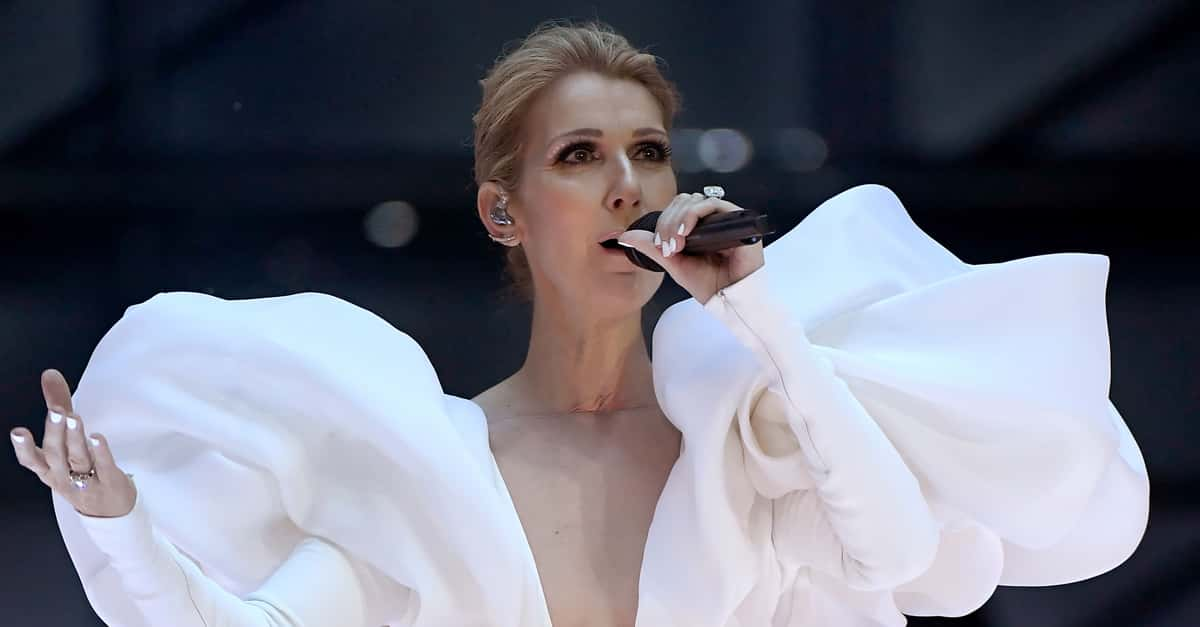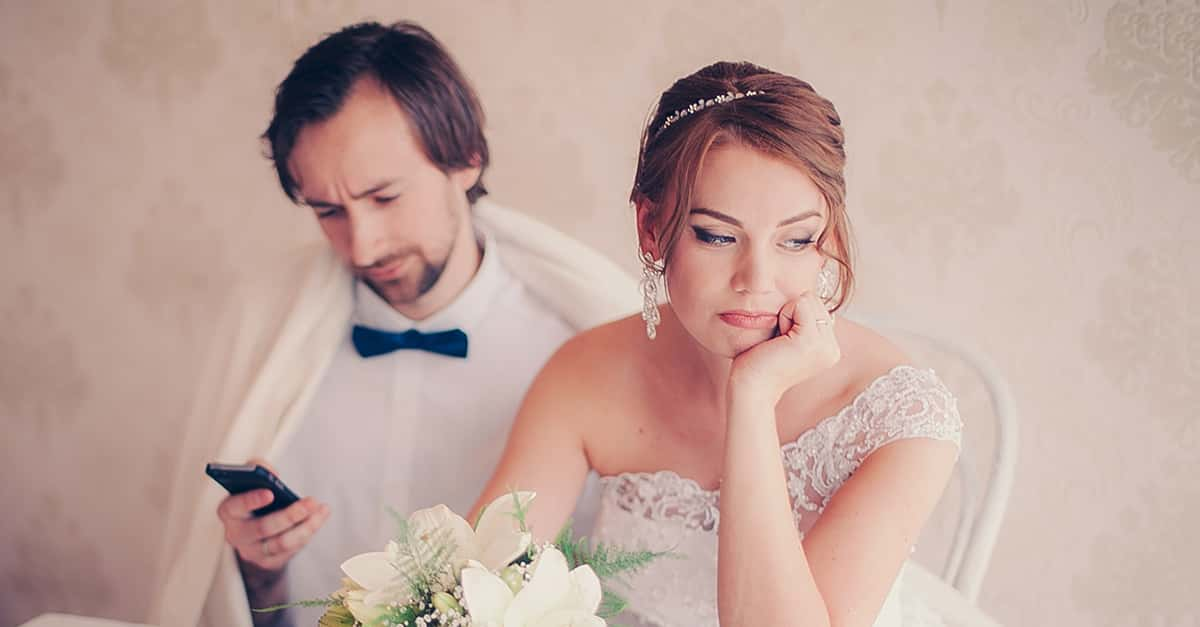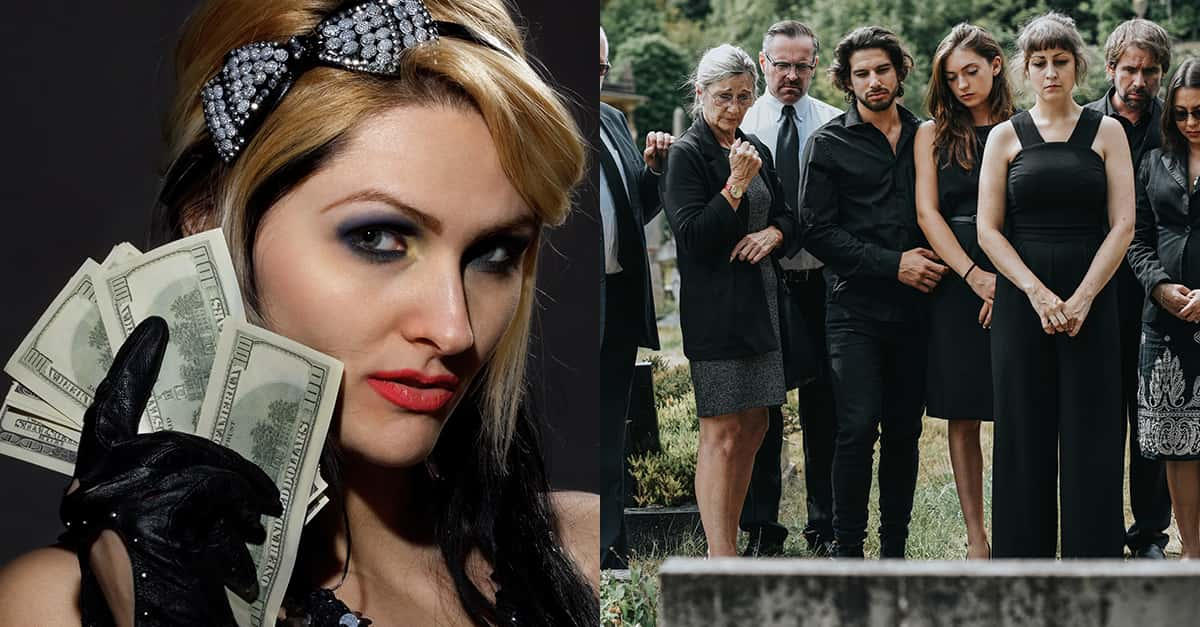Out of all colors, pink might have the most baggage. Each of its hues, from soft blush to vibrant magenta, comes with a truckload of cultural associations. You say, “gentle rose tones,” I see innocent femininity. You say, “hot pink,” I see cynical kitsch. But look, colors don't have intrinsic meanings. Colors soak up the meanings that we project onto them—and when it comes to pink in particular, we went down the rabbit hole.
From pink's roots as a masculine color (really) to millennial pink's current trendiness, pink turns out to be a lightning rod for conversations about gender, power, and society.
Pink 101
Most people assume that pink is a girly color and hey, that makes sense. Between 1950 and 2010, society raised its eyebrows at men who dared to wear pink. Remember Steve Buscemi whining about being “Mr. Pink” in Reservoir Dogs? How weak-willed Ross Gellar’s favorite shirt happened to be bright pink? Just saying.
By the time Quentin Tarantino and Friends were around, pink’s feminine associations seemed obvious. Pink was the color of bubble baths, pop music, and bouquets. But—plot twist—back in the day, men originally claimed the hue. In the medieval period, artists used pink not for Mary’s outfits, but as baby Jesus’s color of choice.
In the 1700s, pink took its male associations and ‘roided them up. The general thinking went something like this: “Hey, fighting and blood are tough and masculine, which means red is masculine—and pink is basically a version of red, so we call dibs. Pink is for the boys, baybee!”
While some aristocratic women rocked pristine pink gowns in the 18th century (Madame de Pompadour had an entire shade made for her), the male monopoly on pink lasted until at least 1918. That was the year when one magazine wrote that pink was a “more decided and stronger color” and thus “more suitable for the boy.” Blue, meanwhile, was tranquil and serene—you know, like all those pliant, submissive women.
[Here's Queen Victoria and her baby son Prince Arthur. Bb is working that pink ribbon.]
In Praise Of Elsa Schiaparelli
It took all the way until the 1930s for women to start reclaiming pink—and fuchsia-lovers among us have one person to thank: Elsa Schiaparelli. The Italian-born fashion designer made “shocking pink” her trademark color in 1937, with the surreal magenta hue standing out in the dour, greyscale world of WWII.
After that, pink solidified its status as a feminine powerhouse color in 1953. This was the year that First Lady Mamie Eisenhower stunned America in a rhinestone-studded bubblegum confection at her husband’s inauguration. With pink officially on the rise, Schiaparelli and Eisenhower quickly went from a one-two punch to a knockout.
In the 1950s, pink was the color. Marilyn Monroe wore an absolute show-stopper of a fuchsia gown while breathily singing “Diamonds Are A Girl’s Best Friend” in Gentlemen Prefer Blondes. A few years later, the Audrey Hepburn vehicle Funny Face promoted subtext to text and devoted an entire song, “Think Pink,” to pink’s rising sartorial star. Meanwhile, Andy Warhol was busy injecting hot pink into the contemporary art world, while First Lady Jackie Kennedy opted for ladylike cotton candy hues.
Pink was everywhere—and depending on how you wore it, the color could mean anything from “Savvy Maneater” (see: Marilyn Monroe’s weaponized femininity) to innocent, prim wife (see: well, Jackie Kennedy).
Let's Get Metacritical
By the 1980s, it looked like Marilyn Monroe’s version of pink won the day. The color renounced its soft, feminine associations and went through a decade-long bad girl phase. Gay activists used hot pink triangles as a symbol for their fight for equal rights. Grease’s “Pink Ladies” contrasted soft, satin jackets with misbehaving teens. The Clash called pink “the ultimate rock ‘n roll color” while Carrie White terrorized her bullies in a blood-soaked peach prom dress. (For a modern example of this aesthetic, see Villanelle’s divine bubblegum pink gown in season one, episode eight of Killing Eve.)
And then, the inevitable: mainstream culture co-opted pink’s rebellious streak. Corporate skyscrapers tinted the business world with mauve and blush. By the end of the 1990s, pink swung back to its “sweet as pie” register. Think of Gwyneth Paltrow’s Oscar dress as Glinda the Good Witch 2.0 and you get the gist. Good girls and their handlers reclaimed pink the color of virtuous innocence. Britney’s Spears’ first album cover was washed in peachy tones while Bianca Stratford’s two-tone pink ensemble accompanied her intact hymen to the prom in 10 Things I Hate About You.

Sign up to our newsletter.
History’s most fascinating stories and darkest secrets, delivered to your inbox daily. Making distraction rewarding since 2017.
Stuck In The Middle With Hue
In the 2000s, pink was old hand. This color had lived. Masculine color, feminine color, good girl color, bad girl color, heteronormative color, queer color—what was left? Answer: A color in an identity crisis. At this point, pink veers away from outright rebellion and straightforward sweetness, and begins to mock its own cultural associations.
In the early 2000s, the singer P!nk uses the color, tongue firmly in cheek, to distinguish herself from virginal pop stars. Meanwhile, Austin Powers’ femmebots parody the hue’s ties to high-femme culture. Paris Hilton wryly fulfills society’s expectations of a credit card ditz, complete with endless pink outfits. At the same time, Legally Blonde uses pink clothing as a Trojan horse; Elle Woods' rosy wardrobe leads everyone to underestimate her at their own peril. All this shortly before Mean Girls’ Plastics make pink a mandatory part of the hellscape that is teenage girlhood (“On Wednesdays, we wear pink!”).
Pink is so aware of its own status that it starts to lose any actual meaning. Soon after Regina George’s cinematic debut, the Harry Potter movies crystallize this problem. First, we get Goblet of Fire, which features Hermione walking down the Hogwarts staircase in a beautiful dusty rose gown. Then, in Order of the Phoenix, we get Dolores Umbridge, a sadistic harpy whose all-pink wardrobe carves the sentimentality right out of Hermione’s princess moment. At this point, culture essentially says, “Pink: It’s either naive and good or it’s sneaky and bad, people. Take your pick.”
And then the 2010s come around and we have a collective Zoidberg moment: “Why not both?”
[Marilyn Monroe's absolutely iconic hot pink gown in Gentlemen Prefer Blondes.]
Pink Is Political
Thank the lord, society is finally getting used to the idea that femininity and strength can play on the same team. Back in 2016, an enormous group clad in matching pink hats marched on Washington to non-violently protest a "sentient cheetoh" entering the oval office (shout out to Aminatou Sow for that *chef's kiss* euphemism). In India, the Gulabi Gang wears their trademark hot pink saris to fight sexual violence and provide care for survivors.
Pop culture is following suit: Janelle Monae’s hit song “Pynk” merges catchy pop music with an unambiguous manifesto for lesbian love. More recently, Emerald Fennell’s Promising Young Woman clothes its sympathetic heroine in endless shades of pink, refusing to stereotype her as a helpless victim or a heartless vigilante, but more simply and far more realistically, as a complicated person.
Another sign of pink’s evolving, multi-faceted meanings? Men are getting in on the color. Once near-taboo, celebrities like Harry Styles, Dev Patel, Timothée Chalamet, Seth Rogen, and Jay-Z are all rocking peony and magenta-hued suits. Millennial pink is quickly becoming Tyler the Creator’s signature color.
Clearly, the times are a-changing—and if you ask me, pink is the perfect color for a new world order. You see, pink is not a commonly found color in nature. There are some flowers and a few pink beaches, but that’s about it. At the end of the day, pink is distinctly other-worldly. If any color could encourage us to move beyond our current formulas, wouldn’t “thinking pink” be just the thing?

